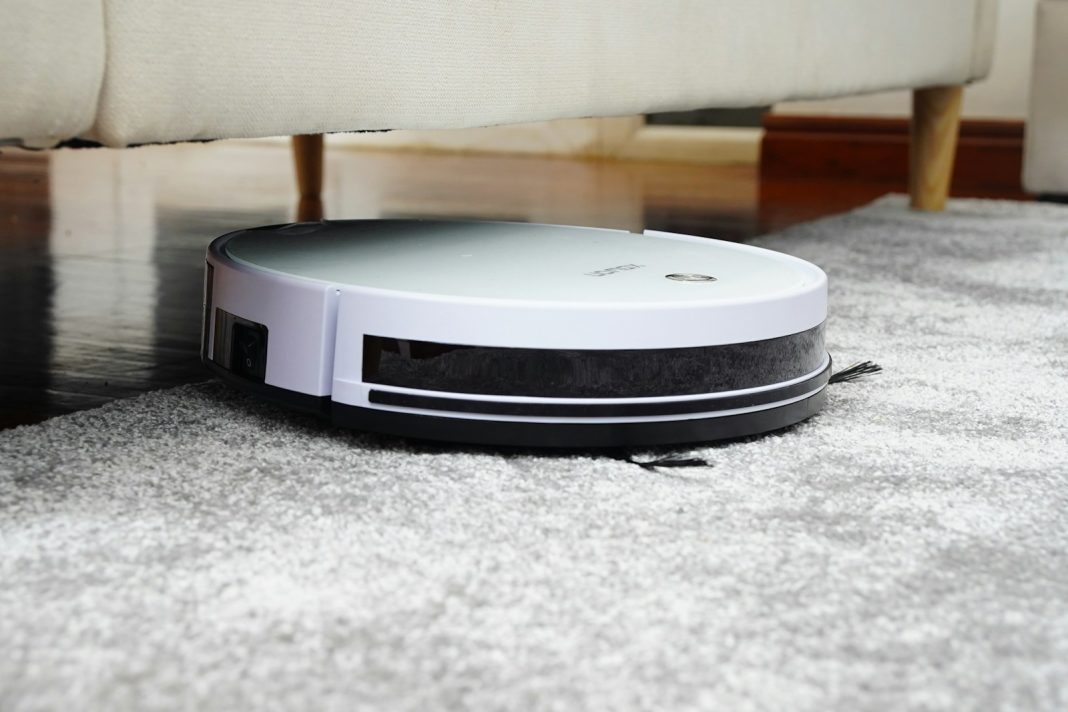In the realm of household chores, the advent of robot vacuums has been a game-changer. Yet, as with any technology, there are ways to optimise their performance beyond their factory settings. Through a series of adjustments and considerations, users can elevate their robot vacuum experience, ensuring cleaner floors and greater efficiency in household maintenance.
Segmentation: Tailoring Cleaning to Traffic Patterns
One fundamental tweak to maximise your robot vacuum’s effectiveness involves segmenting your living space based on traffic patterns rather than traditional room divisions. Modern robots utilise advanced mapping technologies like LiDAR to delineate spaces accurately. Users can then customise cleaning schedules and intensity levels according to the specific needs of each area.
Consider a scenario where daily cleaning under furniture might not be necessary, but high-traffic zones demand frequent attention. By dividing the space accordingly, users can allocate resources more efficiently. For instance, a household with pets may designate areas prone to paw prints as high-priority zones, ensuring frequent and targeted cleaning. This strategic segmentation optimises cleaning cycles, enhancing overall efficiency.
Avoid Third-Party Cleaners and Accessories
While it may be tempting to opt for third-party maintenance products to cut costs, the adage “you get what you pay for” often rings true in this context. Robot vacuums, like any precision machinery, require compatible and reliable components to function optimally. Despite the allure of cheaper alternatives, the risks of compatibility issues and subpar performance outweigh the cost savings.
From rollers to vacuum bags, investing in branded accessories ensures seamless integration and sustained performance. While the upfront cost may be higher, the long-term benefits in terms of efficiency and durability justify the investment.
Maximise Intensity Settings
Modern robot vacuums offer users the flexibility to adjust intensity settings to suit their preferences. While lower intensity levels may promise reduced noise and less wear and tear on the device, the trade-offs in cleaning efficacy are significant. Through empirical testing, it becomes evident that maintaining maximum intensity settings consistently yields superior results across various surfaces.
Especially in the realm of mopping, where stubborn stains and dirt require vigorous cleaning action, opting for anything less than the highest intensity setting compromises outcomes. By embracing maximum intensity levels, users ensure thorough cleaning without compromising on performance or efficiency.
Customise Obstacle Avoidance
Obstacle avoidance features, while ostensibly beneficial, may impede the robot’s cleaning efficacy in certain environments. Users residing in pet-free households or those with minimal obstacles may find that disabling obstacle avoidance leads to more comprehensive cleaning coverage.
By relinquishing the cautious navigation dictated by obstacle avoidance algorithms, users empower their robot vacuums to navigate spaces more assertively. This approach translates to improved coverage and effectiveness, particularly in accessing tight corners and confined spaces.
In the realm of household automation, robot vacuums stand as exemplars of convenience and efficiency. However, to unlock their full potential, users must go beyond factory settings and embrace customisation and optimisation. From strategic segmentation based on traffic patterns to prioritising branded accessories, each adjustment contributes to enhanced performance and user satisfaction.
As technology continues to evolve, so too will the capabilities of robot vacuums. By staying attuned to emerging trends and adopting best practices in maintenance and operation, users can ensure that their investment in home automation yields enduring dividends in cleanliness and convenience.


